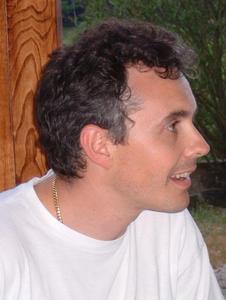


We will review the recent implementations of TDDFT to study the optical absoprtion of biological chromophores, one-dimensional polymers and layered materials. In particular we will show the effect of electron-hole attraction in those systems. We will folow two routes: one based on solving the Bethe-Salpeter equation and the other on an orbital-dependent OEP method on top of the GW approximation for the self-energy. Virtues and deficiencies of both methods will be illustrated.
Work done in collaboration with A. Castro, M. Marques, L. Wirtz, A. Marini, M. Gruning, L. Wirtz and D. Varsano and supported by the NANOQUANTA network of excellence.



We will review the recent implementations of TDDFT to study the optical absoprtion of biological chromophores, one-dimensional polymers and layered materials. In particular we will show the effect of electron-hole attraction in those systems. We will folow two routes: one based on solving the Bethe-Salpeter equation and the other on an orbital-dependent OEP method on top of the GW approximation for the self-energy. Virtues and deficiencies of both methods will be illustrated.
Work done in collaboration with A. Castro, M. Marques, L. Wirtz, A. Marini, M. Gruning, L. Wirtz and D. Varsano and supported by the NANOQUANTA network of excellence.